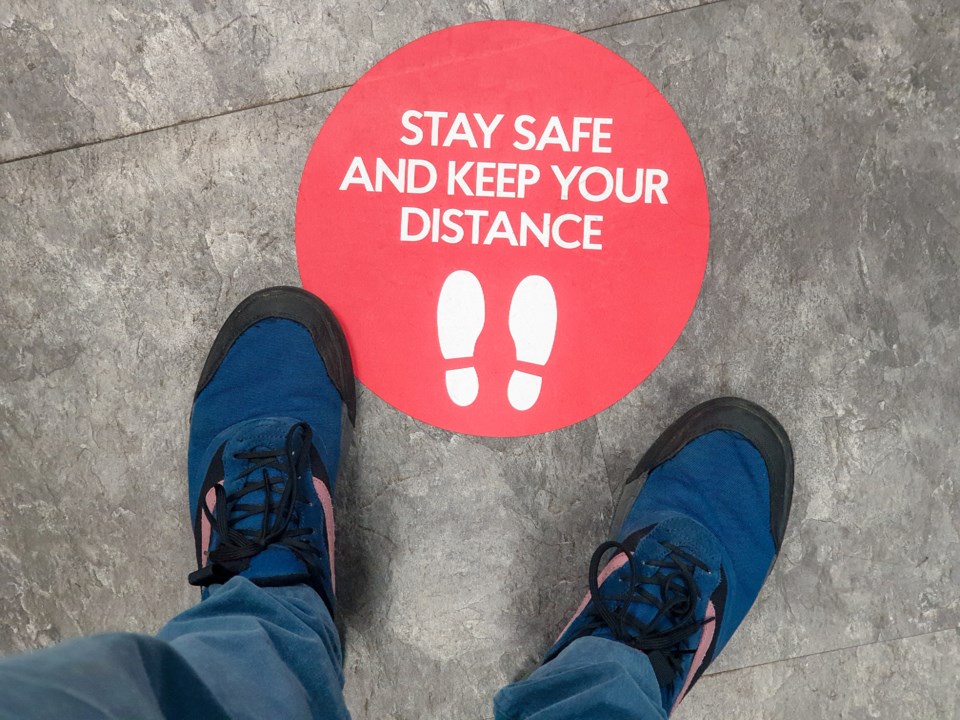Editor’s note: This story was originally published by The Denver Post and was shared via AP StoryShare.
***
Colorado's economy started 2021 on a much better footing than where initial reports had it ending 2020, thanks to major revisions to last year's employment numbers and strong hiring by restaurants and local governments in January, according to a report Monday from the Colorado Department of Labor and Employment.
Colorado's seasonally adjusted unemployment rate fell to 6.6% in January from a revised 6.9% in December. Initially, December's unemployment rate was pegged at 8.4%, the fourth-highest rate in the country. In January, the state had the 15th highest rate, and was nearer to the U.S. average rate of 6.3%.
"Colorado's unemployment rate in 2020 is better than it was in the past two recessions," said Ryan Gedney, a senior labor economist with the state during a news call Monday morning.
Across all of 2020, the state's unemployment rate averaged 7.3%, which ranked 25th in the nation. In 2010, during the Great Recession, it averaged 9.2%, which ranked 30th overall. And in 2003, during the dot-com bust, it averaged 9.3%, which ranked 35th overall.
Heading into the pandemic, the state had one of the lowest unemployment rates in the country. Critics contend overly strict measures to control the outbreak exacerbated job losses. Gov. Jared Polis countered last week, telling members of the Colorado Chamber of Commerce the state's measures prevented deaths, and the economic rebound here is among the strongest of any state.
"If we had been average, we would have lost 5,000 more Coloradoans to this," he said.
Faced with a rising infection count last fall, Colorado in November tightened restrictions on gatherings, including indoor dining, which caused restauranteurs to cut jobs. But those losses reversed as restrictions eased. The state gained an estimated 32,000 nonfarm jobs on a seasonally adjusted basis in January, with the leisure and hospitality sector contributing 21,200 of those gains, and government employment adding 3,600.
Each year in March, the state releases revised employment counts for the prior year. This year's revisions were both large and surprising in the shifts. Initially, it was estimated that 269,179 people were unemployed in the state in December, but revisions put that at 219,269.
Colorado initially reported some of the strongest employment gains in manufacturing of any state last year, unusual given that it isn't a leading producer of finished goods. On revision, there was no manufacturing miracle in Colorado, with the state losing 6,300 jobs or 4.2% of manufacturing employment.
Same with professional and business services, a higher-paying sector where initial reports showed job gains last year. It was down by 8,000 jobs or 1.8% on an annual basis in January.
Also, leisure and hospitality is no longer Colorado's hardest-hit sector in percentage terms. Employment remains down by 81,100 jobs in January, the most by count, but the decrease is now running at 23.4%. Mining and logging, which covers oil and gas production, is off by a larger 27.2%, although a smaller 7,200 jobs.
Despite a surge in homebuilding and complaints among general contractors of labor shortages, construction employment fell by 6,400 jobs or 3.6% over the past year. In a surprise to the upside, retail employment in the state has recovered and then some, even with last year's big shift to online shopping. Those online jobs fall under distribution, not retail.
Metro Denver's unadjusted unemployment rate was 7% in January. Boulder is at 5.9%, Fort Collins at 6.3%, Greeley at 7.1%, and Grand Junction at 7.9%.
The Colorado counties with the highest January unemployment rates were Huerfano at 9.8%, Pueblo at 9.3%, Gilpin at 8.1%, Fremont at 8.1%, and Las Animas at 7.9%. Those compared to a state unadjusted rate in January of 6.9%.
Overall, Colorado is doing well compared to other states for the share of recovered jobs and for the number of people actively participating in the labor force, even if it is lagging when it comes to its monthly unemployment rate, Gedney said.



